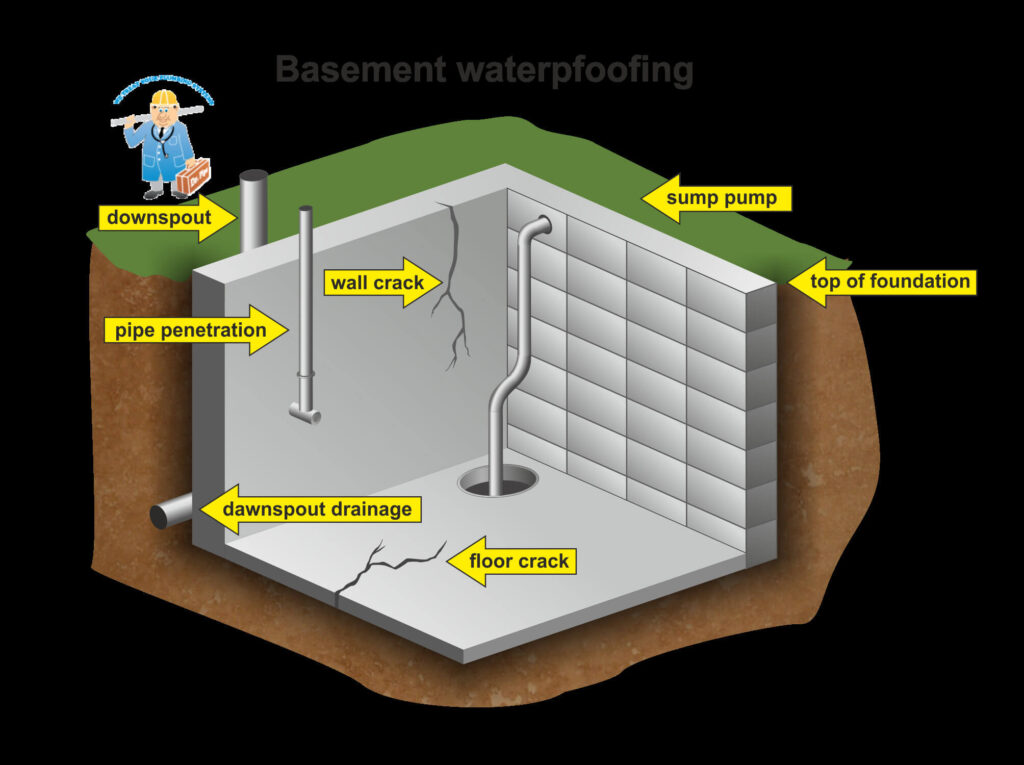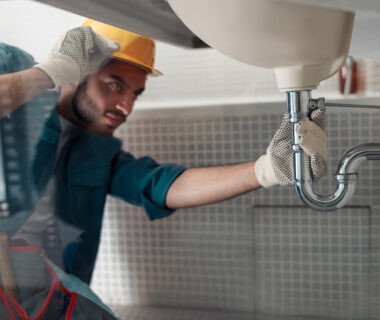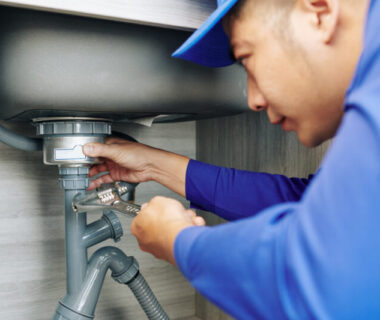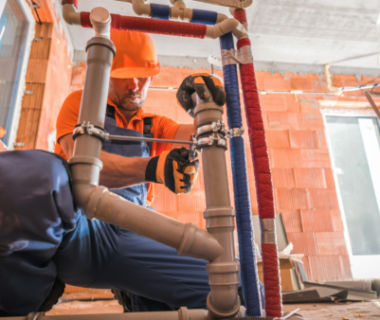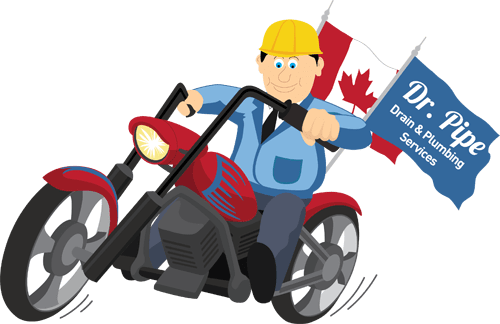All About Basement Waterproofing
Ask any homeowner who hears that waterproofing the basement is necessary in order to protect the home and one’s long-term investment and you might note just a twinge of panic in the homeowner’s eyes as the question of price comes to mind. ? The notion of external renovations can indeed be frightening, especially if we start thinking about repairing cracks and chips in the existing foundation of a home. The severity of the issue at hand plays a direct role in overall repair costs, and in some instances, a bit of interior waterproofing can minimize the costs you face when looking to keep your basement environment dry and free of water damage.
Despite the fact that the basement offers plenty of usable space, many people have to deal with leaky or damp basements. This would make these basements unsuitable for a new bedroom or a rec room. Before you can utilize your basement, you need to learn how to waterproof your basement.
How to Waterproof Your Basement
1. Start by evaluating the perimeter of your home
Before you can start waterproofing your basement, the first thing to do is make sure that the ground surrounding the foundation of your home is sloping away from your house rather than towards it. You do not want there to be direct ground contact, because it may cause building materials to rot later on.
2. Waterproof the walls
If you have minor, intermittent leaks, you could try to use products such as Xypex and Drylok to waterproof your walls. Drylok is not a water sealer, but a waterproofer. As it dries, it becomes a part of the wall. Unlike some of the other options, it is more like adding some waterproof concrete on the surface.
Meanwhile, Xypex needs moisture to generate its waterproof crystalline structure. The Xypex applied to the walls is going to seal itself with small areas of water leakage. Xypex is a lot more expensive than Drylok. Keep in mind that these are for minor water intrusion, leaks, not for major issues at the bottom of your walls or your basement floor.
3. Repair defects in the wall
If there are cracks in your poured concrete walls, you want to repair those defects as quickly as possible. Especially if the crack in the wall goes all the way around the wall and to the outside – this could be a possible source of water damage.
Even though it is possible to make repairs with construction-grade epoxy, it would be better to have an qualified crack repair technician make the repairs for you. Even though do-it-yourself kits of polyurethane and epoxy systems are available, these are far less reliable.
4. Consider installing a sump
One final possibility is using a sump pump. If the water level in the sump pit rises too quickly, it is going to draw the water out of the sump pit. This will bring the water out of the home, at least 10 feet or more from your foundation. Because you are going to be creating a hole in the concrete floor of your basement, it requires at least a moderate degree of skill and experience. Again, if this were what you are planning to do, it would be far better to have a professional do this for you.
Three Ways of Waterproofing the Interior of Basement
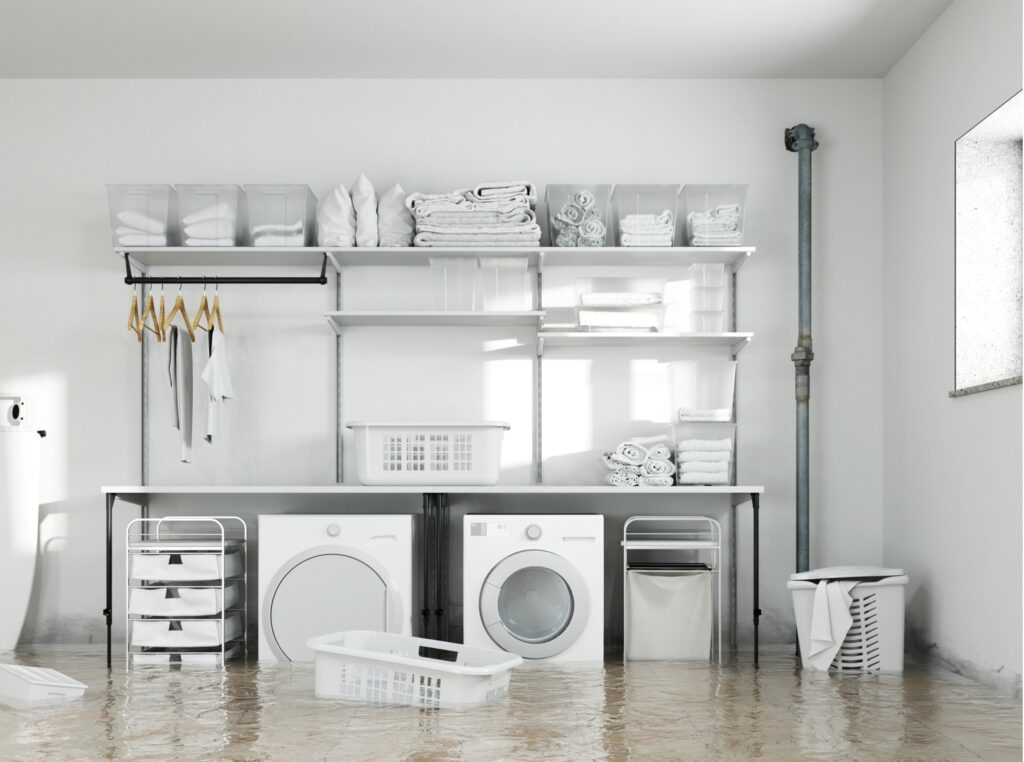
There are three ways of waterproofing the interior of the basement space. Below, each method is explored in greater detail:
1. Plastic Membrane Installation
You can have a membrane that is manufactured out of plastic materials applied to the interior/exterior of the home’s basement. The best place to install the membrane is between the earth surrounding the foundation and the exterior wall surface outside. This membrane often features a pattern that is dimpled, all of which creates an air-like cushion between the wall and earth. The membrane keeps the soil from making contact with the foundation wall. This is an ideal solution for homeowners who cannot otherwise waterproof the home’s exterior due to having:
- A confined budget
- Landscaping issues
- Foundation access limitations
The above solution is best when the flooding risk is minimal and waterproofing the basement will lead to dampness prevention.
2. Interior Waterproofing: Wall Coating
If you only have a small amount of water getting into your basement, wall coating the area for interior waterproofing is a cost effective means of protecting your home. If the damp soil around the foundation is an issue with seeping water getting in without necessarily flooding the area, waterproof emulsion can be used as a wall covering. This treatment helps prevent the growth of mildew and diminishes the dank feeling your basement might already have due to damp conditions. Bear in mind that when using the waterproofing method may result in the buildup of moisture in the soil outside the walls without the homeowner knowing. The moisture can reach a point where it damages the foundation walls causing them to bow inward and even crack. The later situation may never occur, so as a homeowner you must make a judgment call: Your professional plumber can help you make a decision based on your basement’s condition, your situation, and your funding.
3. Interior and Exterior Solution: Weeping Tiles
Weeping tiles are an indoor or outdoor solution, although the outdoor solution is far less expensive than an interior install. If you opt for an interior installation, you have to have the floor of the basement, in part, excavated, and you can only make use of this method of waterproofing if there are drainage options that enable the passage of water through the weeping tiles. In turn, the level of saturation may increase and cause problems. On the other hand, you have the option of establishing a catchment pit and putting a in a sump pump for safe water removal.
What to do Before Snow Melting
Whenever snow melts, it poses a great risk to the surrounding. The water so produced can result in seepage in a basement or crawl space. Thus, not only heavy snowfall, but a light shower may be dangerous too. Snow melt increases the groundwater table. This leads to absorption of water by the cracks in the walls. Simple waterproofing measures are almost enough to deal with such a situation. However, there are a few additional things that you must keep in mind.
A sump pump is a very necessary device as well. Conduct prior tests with your sump pump. Make sure that the pump works properly and consistently. You can do this via a water test. It should be done at least twice a month. This guarantees the proper functioning of the pump. However, it should compulsorily be checked before the snow starts melting.dition. Make arrangements to anchor it along with the wall. Excavate the ground till the existing weeping tile. Then, join a section of the tile with the primary weeping tile. This arrangement can then be stacked in the wall. It should be covered with a drain cover and then properly backfilled. You can use a decorative rock to conceal the entire arrangement. This protects the existing structure from any damage.
There are some other inside waterproofing methods which may interest you. For example, the gutter downspouts should be extended by a minimum of 4 feet. This prevents the water from flowing down to the basement. Small rain barrels can also be placed to collect the rainwater. A lot of water will be produced from the melting of snow on the gutter. This can be harmful to the building.
Also make sure that no snow gets collected along the edges of your house. Make that extra effort of shoveling the snow from there. In case the water seeps in, it can lead to other problems as well. The collected water can cause a musty smell throughout the premises. Pests may become active too. It is necessary that you pump out the water before it starts causing water borne diseases.
Four Benefits of Waterproofing
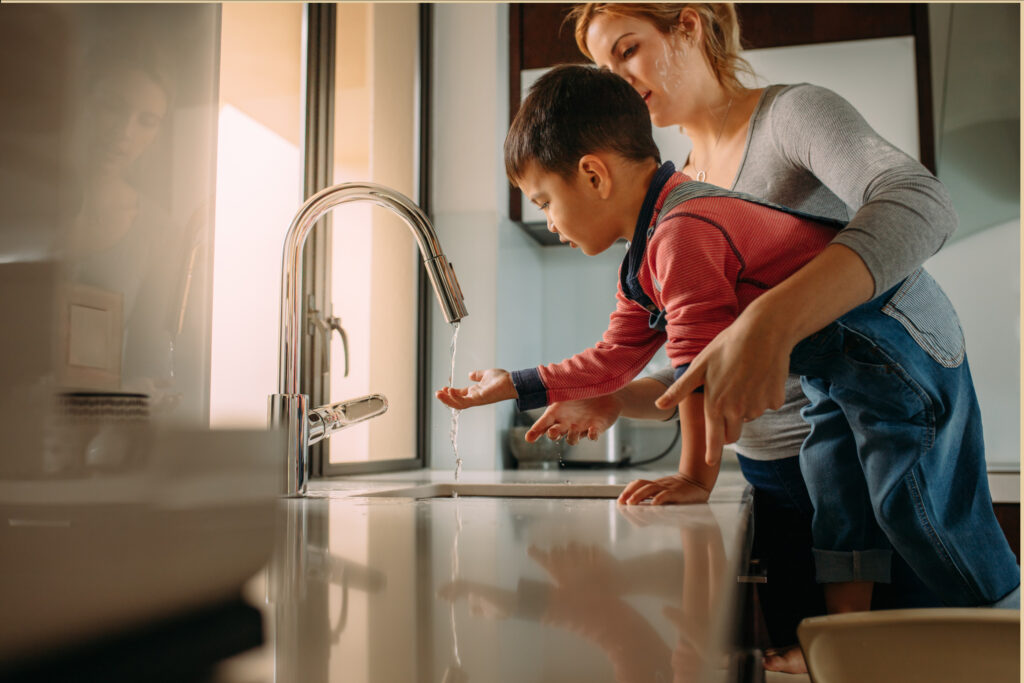
As a Toronto homeowner, water damage is one of the largest threats you face, especially one that can lead to devastating loss or destruction and expensive repairs. Toronto waterproofing your home, through an exterior or interior system has a number of different benefits. These are the top four benefits that are in place when you protect your home against unwanted water entry.
1. Damage protection
Toronto waterproofing systems will try to protect your personal belongings and home from water entry and the subsequent damage. If you have a seepage leak or a basement flood, you may risk damage to the foundation of your home. Not to mention the furniture and other valuable items that may be ruined. Keeping the water out through waterproofing lowers the potential for water damage.
2. Maintain the value of your home
If your home has taken water damage even just once, it can reduce the overall value of your home. This not only lowers its appeal, but may also negatively affect the resale value. You can help maintain the overall condition of your home, even if you are not planning to sell it any time soon.
3. Reduce your energy costs
Most people do not realize that waterproofing their home can help them save on energy costs. You can increase your energy efficiency by preventing cold air from coming in when you seal up those old cracks. In the wetter and warmer months, when the cracks and seepage in your foundation causes excess moisture to enter into the home, your AC unit has to work extra hard to get rid of the warmer, moist air. By waterproofing your home, you do not have to worry about that.
4. Avoid serious long term health risks
There is no denying that humidity and water can cause toxic mold growth. Yet the speed with which the mold can grow may shock you. Toxic black mold can grow in as little as 24-48 hours under the right conditions. This is a scary thought, especially if there is a minor basement leakage that you have not addressed in years. The continued exposure to mold growth has some serious health risks.
Remember that if you want your home waterproofed, your products waterproofed, or anything at all waterproofed, it is important that it adhere to the waterproofing code standards. This is why it is essential that you let a qualified professional help you with your waterproofing needs. Unskilled waterproofing could lead to a false sense of security.
Get it done right
No matter what kind of waterproofing you require, it is imperative that you tend to your waterproofing needs immediately. The sooner you protect your foundation the sooner you protect your entire home. Even the smallest of leaks can cause significant issues, major damage, and can result in huge insurance claims, bigger premiums, and unwanted damage to personal belongings and property. Do not delay, and get the professionals at Dr. Pipe Drain and Plumbing Services to work on your Toronto home.
Let Dr. Pipe Drain and Plumbing Solve Your Plumbing Problems
Dr. Pipe is fully insured and licensed. With many years of experience serving our clients in Ontario, we’ve built a clean reputation. Our workers are also both certified and experienced. Therefore, you can trust us to do it right the first time.
